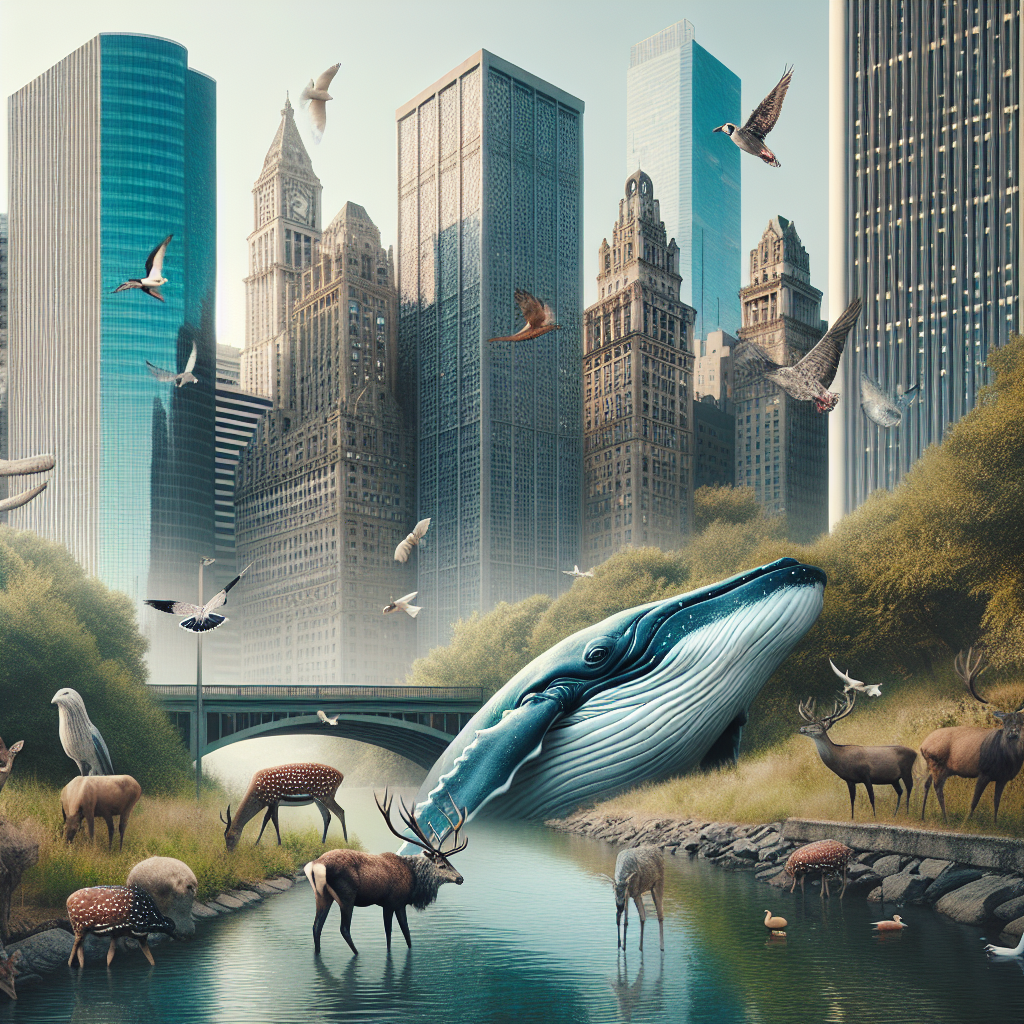As our cities continue to expand, so does the need to understand, manage, and co-exist with the animals who also call these urban environments home.
One of the most significant challenges facing urban wildlife today is the ongoing development of Nationally Significant Infrastructure Projects (NSIPs).
NSIPs are large-scale development projects, such as highways, airports, or power stations, that are deemed by the government to be of national importance.
While these projects can bring significant socio-economic benefits, they can also pose significant threats to urban wildlife.
In an effort to mitigate these threats, Natural England and the Planning Inspectorate have recently provided advice on how public bodies can work with applicants during the NSIP process. This guidance aims to ensure that the potential impacts on urban wildlife are considered and minimized during the planning and development phases of these projects.
Yet, it’s not just large-scale infrastructure projects that pose a threat to urban wildlife. The ongoing termination of leases for offices and buildings, spearheaded by Elon Musk’s DOGE, is another cause for concern.
On the surface, this may seem like a boon for urban wildlife, opening up more space for their habitats. However, the sudden influx of vacant buildings can also create instability in urban ecosystems, as different species vie for these new territories.
Moreover, politics can also play a significant role in shaping urban wildlife landscapes. For instance, policies and executive orders can redirect resources toward or away from urban wildlife conservation efforts.

As such, it is crucial for citizens to stay informed and active in political discourse and decision-making processes related to urban wildlife conservation.
On a lighter note, urban wildlife has increasingly been making its way into popular culture, including video games.
The success of games like Red Dead Redemption 2 and the anticipation for future releases like GTA 6 show that there is a growing interest in wildlife, even in our digital lives. These games provide an opportunity for players to engage with wildlife in a new and unique way, potentially sparking interest and awareness about real-world urban wildlife scenarios.
In the end, urban wildlife is an integral part of our cities, contributing to a rich and diverse environment that enhances the quality of our urban lives. From large-scale infrastructure projects to political decisions and pop culture, various factors shape the state of our urban wildlife. By staying informed and engaged, we can ensure that urban wildlife continues to thrive alongside us. After all, wildlife is not just about the animals; it’s about all of us living together in harmony on this shared planet.